Prairie plants in suburban flower beds
LantanaTX
18 years ago
Related Stories

GARDENING GUIDESGreat Design Plant: Butterfly Milkweed, a Beacon in the Prairie
Vivacious orange flowers for you, nectar for the butterflies and bees. Asclepias tuberosa is worth planting for more reasons than one
Full Story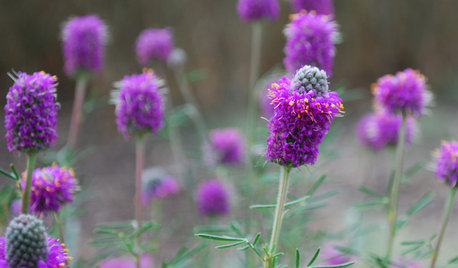
GARDENING FOR BUTTERFLIESGreat Design Plant: Purple Prairie Clover
Bees and butterflies and color, oh my! This cheery native perennial will energize your landscape
Full Story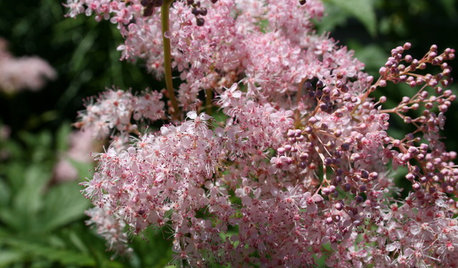
GARDENING GUIDESGreat Design Plant: Discover Queen of the Prairie's Sweet Aroma
If you like the look of cotton candy and the smell of roses and want an easy perennial, you're in luck with this plant
Full Story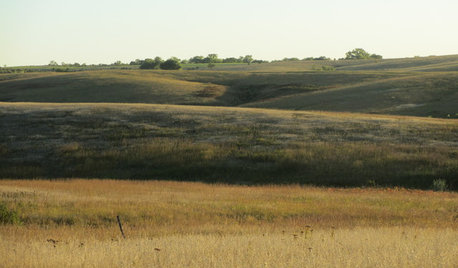
GARDENING GUIDESHow to Get Your Prairie On
Have a field day with your landscape, even if you've got just a few modern containers on a paved path
Full Story
GARDENING GUIDES10 Deer-Resistant Native Flowers to Plant This Fall
Learn about natives that embrace some kinds of wildlife but resist grazing deer
Full Story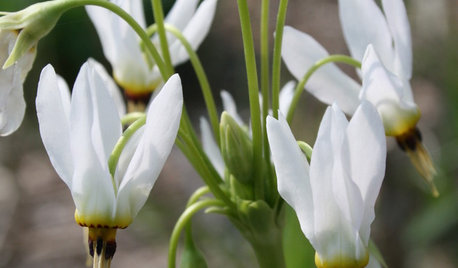
GARDENING GUIDESGreat Design Plant: Dodecatheon Meadia
Shooting star is a unique prairie ephemeral and will add a galaxy of interest to your eastern North American garden
Full Story
FRONT YARD IDEASBefore and After: Front Lawn to Prairie Garden
How they did it: Homeowners create a plan, stick to it and keep the neighbors (and wildlife) in mind
Full Story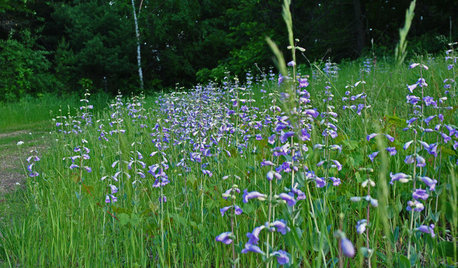
GARDENING GUIDESGreat Design Plant: Penstemon Grandiflorus
Bring this drought-loving perennial with massive flowers home to your prairie garden
Full Story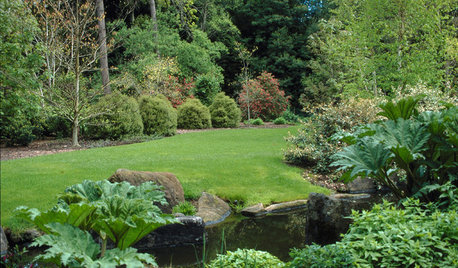
GARDENING GUIDESYou Don't Need Prairie to Help Pollinators
Woodlands, marshes, deserts — pollinators are everywhere
Full Story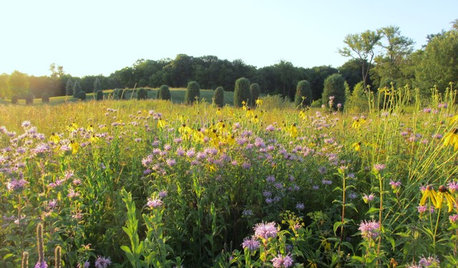
GARDENING GUIDESWhat Prairies Teach Us About Garden Design
Wild spaces offer lessons for home gardeners about plants, pollinators and the passage of time
Full StorySponsored






joepyeweed
ahughes798
Related Professionals
Wareham Landscape Architects & Landscape Designers · Manchester Landscape Contractors · East Patchogue Landscape Contractors · El Mirage Landscape Contractors · Merced Landscape Contractors · North Canton Landscape Contractors · North Highlands Landscape Contractors · Paso Robles Landscape Contractors · San Antonio Landscape Contractors · Waltham Landscape Contractors · Solana Beach Decks, Patios & Outdoor Enclosures · Baker Decks, Patios & Outdoor Enclosures · Fort Lee Decks, Patios & Outdoor Enclosures · Fredonia Decks, Patios & Outdoor Enclosures · Rocklin Decks, Patios & Outdoor Enclosuresironbelly1
LantanaTXOriginal Author
ahughes798
ironbelly1
ahughes798
ironbelly1
joepyeweed
ahughes798
ironbelly1
ahughes798
ahughes798
ironbelly1
ahughes798
ironbelly1
LantanaTXOriginal Author
joepyeweed
ironbelly1
ironbelly1
led_zep_rules
docmom_gw
ironbelly1